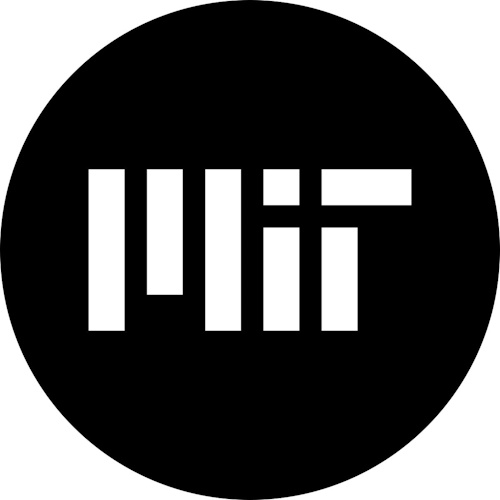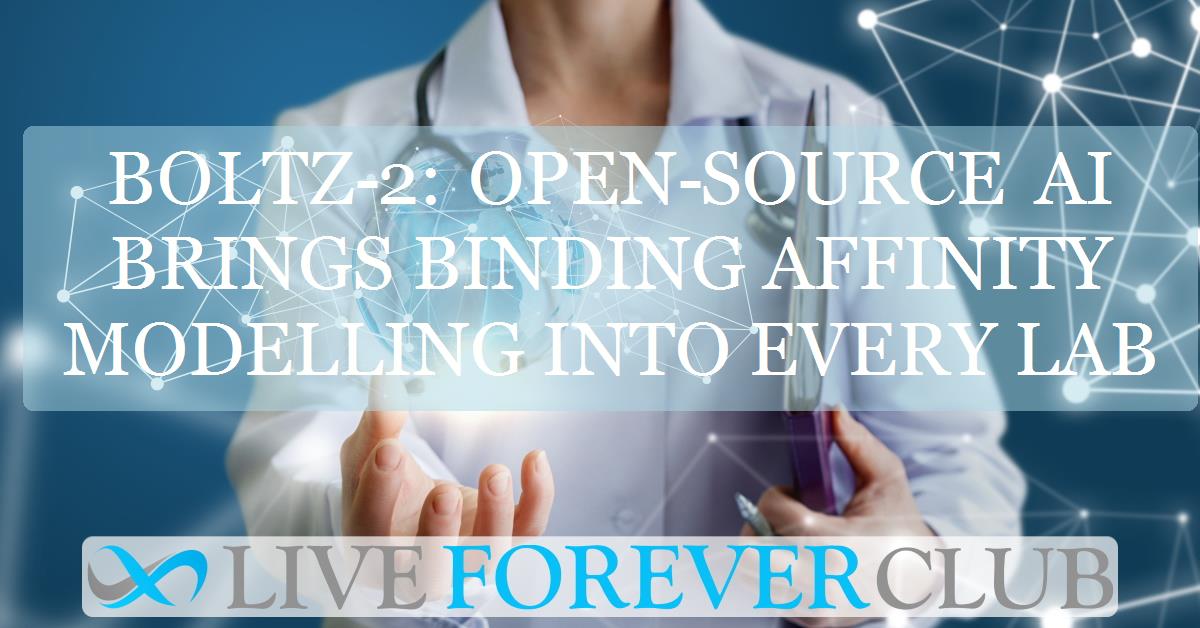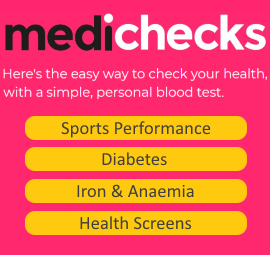Key points from article :
Researchers from MIT’s Jameel Clinic and CSAIL, led by Saro Passaro, Gabriele Corso, and Jeremy Wohlwend under the supervision of Regina Barzilay, have introduced Boltz‑2, a groundbreaking open-source AI model for predicting molecular binding affinity alongside 3D biomolecular structure—capabilities previously seen only in closed systems like AlphaFold 3. Available under the permissive MIT license, Boltz‑2 allows both academic researchers and commercial developers to integrate it, augment it with proprietary data, and fine-tune it for specific targets or binding pockets.
In rigorous benchmarks, including the December 2024 CASP16 affinity challenge, Boltz‑2 outperformed all competitors in binding affinity prediction. Significantly, it achieves near FEP-level accuracy in just ~20 seconds on a single GPU—a performance leap roughly 1,000× faster than conventional free-energy perturbation simulations, which typically take hours or days. Its training spanned vast datasets—molecular dynamics simulations (like MISATO, mdCATH, ATLAS) and millions of binding measurements from PubChem, ChEMBL, and others—and incorporated advanced conditioning techniques, such as template guidance and physical “Boltz‑steering,” to enhance predictive fidelity.
The release of Boltz‑2 marks a significant shift in drug discovery workflows, enabling rapid in silico screening of vast compound libraries before committing to costly laboratory assays. Recursion, the biotech partner, reports that integrating Boltz with their AI workflows has shortened late-stage drug programs from an average of 42 months down to 18 months. By combining speed, openness, and adaptability, Boltz‑2 empowers a wider swath of researchers—from small academic labs to large pharma—to harness AI-driven insights in molecular design, accelerating the journey from computational hypothesis to potential therapeutic.





